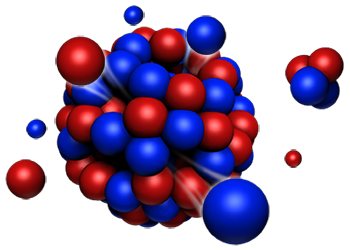Speaker
Description
Many current neutron scattering experiments require use complex sample environments which invariably contribute significant background to the experimental data. Generally, collimators which are part of the instrument have been used to improve the sample to cell signal ratio. Particularly for high pressure, however, collimation should be customized for different pressure environments since different pressure environments produce different results. For example, in high pressure diffraction, the Bragg peaks move and change with pressure. Furthermore, no unobstructed view of the sample is inherently possible if pressure is to be applied. It is thus crucial to separate the sample signal from the background signal generated by the high pressure cell. Here we show a new avenue for custom-made collimators to overcome this challenge. Specifically, portable 3Dprinted collimators can be tailored to a particular pressure cell and thus are a step further in background reduction. An automated work-flow has been developed to design a custom collimator, optimized for a given pressure environment and manufacturing constraints. The end result is a file ready for 3D printing. The collimator is conical in shape with tightly spaced neutron absorbing blades which are stacked in vertical and horizontal directions to provide transmitting channels. The optimization parameters include blade size, materials and the length of the collimator. A Monte-Carlo neutron ray-tracing simulation model based on MCViNE was developed to evaluate the performance of the collimator. An optimized collimator will maximize the sample signal to background ratio without sacrificing too much neutron flux. Thus, the optimization must strike a balance between improving relative sample signals and minimizing the loss of intensities, and at the same time account for engineering constraints imposed by the 3D printing techniques. Two pressure cells of different complexities: Clamp cell and Diamond Anvil Cell were chosen for demonstration. Clamp cell consists of a cylindrical sample of ~ 4 mm, enclosed in a cylindrical CuBe inner-sleeve and an Al outer-body with an overall outer diameter of ~30-50 mm. Whereas, the outer diameter of DAC at its widest diameter is 50 mm with only 1 mm sample size. Note that there are significantly more cell materials than sample so the sample signal is very weak compared to the cell signal without a collimator. A collimator was designed, optimized, printed and tested on the SNAP neutron beam-line. The experimental results are then compared with the simulation results. The optimal collimator provides substantial improvement over the no collimator case. The developed computerized work flow for optimizing collimator will be readily extensible to novel integrated designs of the myriad sample environments required for any instrumentation.

